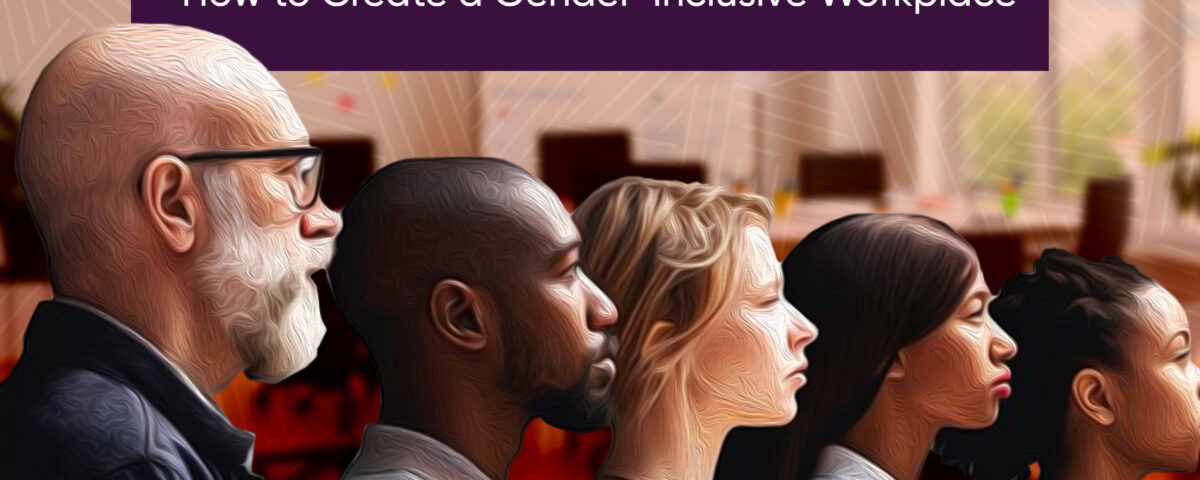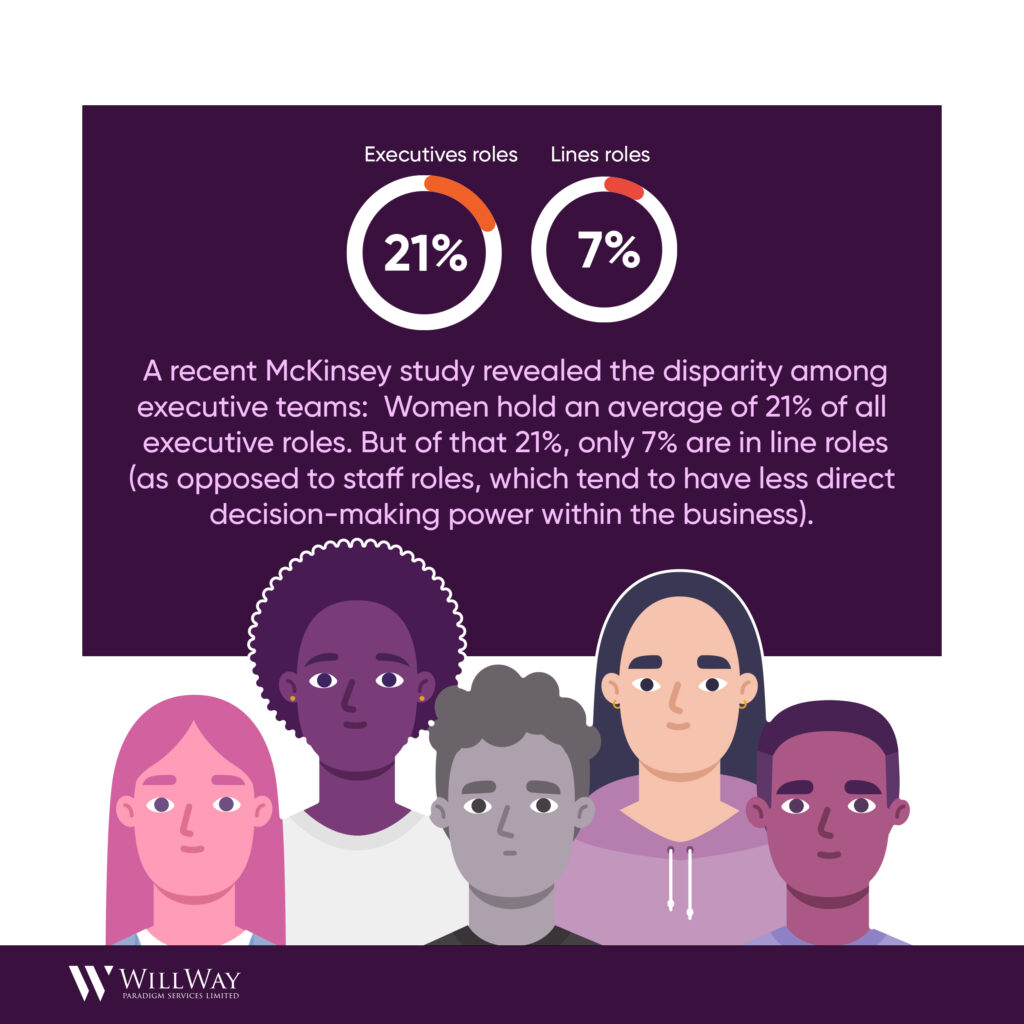
WHAT IS AN INCLUSIVE WORKPLACE?
Inclusivity in the workplace means treating every staff member as a human being with valuable talent and offering. The bane of inclusivity is simply respect and trust. A workplace is a collective of talent, varying ethnicity, people with disabilities, and gender coming together to make an idea, business, or innovation bloom into success.
Think of every workplace as the Avengers; a visionary foresees a goal and desires to achieve it. Since they have limited skillset, they set out to recruit people with different talents to help out, in this case, a scientist who turns green when angry, a billionaire with an ego the size of mount fuji, a super spy and a boy who shoots webs from his fingers. They end up achieving their set goal by having mutual respect for each other’s skill sets and trusting their partner’s abilities.
A workplace can only achieve its set goals when it incorporates respect and trust into all aspects of its policy. In most work environments today, regardless of the sector, respect and trust are made to stay in the backseat while human biases take the fore. These biases have led to a lack of inclusivity and coherence in the workplace. While biases are difficult to navigate, companies must do extra hard to go beyond assembling talent to creating a policy that fosters respect for each individual’s talent and the value they offer the company. This can come in many forms all elementary to achieve.
IMPORTANCE OF AN INCLUSIVE WORKPLACE
A more competitive business
The world of business is a facsimile of the world of sports; they both require a cohesive team who are laser-focused on victory to win and be successful. Once a company fails to create a cohesive team, they’re likely to lose in the market. A team isn’t made up of men and women, young or old, a team is made up of dynamic talents and personality sets who recognize each other’s skill and the value of that skill to the growth and success of a team. A company that views its staff on the grounds of gender gives room for biases to present themselves leading to a dysfunctional business that cannot properly execute.
Attractive to talent
It’s natural that companies that appreciate talent/merit regardless of gender and create an environment where everyone’s skill is respected, and where they feel valued will attract the best talents across the world. If a design and architecture company decides, on the grounds of bias, that they would only hire men, they lose out on the nuanced experience that females bring. A company of this nature, contrary to the general assumption, will not be attractive to both males and females simply because they are shortsighted and trade dynamic value for unfound biases. And a company that cannot attract the best talents in the pool will never be able to compete.
Attractive to investors
A room filled with diverse groups promises creativity and innovation that leads to better business performance, makes room for opinions and presents unique ways to approach problem-solving which ultimately drives business growth. A company with this trait will be more attractive to investment opportunities as its cohesive team promises turnover.
It’s not by chance that we use the words ‘diversity’ and ‘inclusivity’ side by side but in actuality, these two do not necessarily mean the same thing. It is quite impressive to hire diverse people with great talents, male, female, people with disabilities and different ethnic minorities.
However, after being hired, do these people feel like they belong? Are they comfortable and confident bringing their true ideas to work? Or do they feel the need to hide their unique traits and point of view?

HOW MANAGEMENT CAN MAKE THE WORKPLACE MORE INCLUSIVE
Hiring
HR teams need to look beyond their biases and push for talent. HR teams need to reevaluate what they consider the ‘right’ employee for roles. Is a person getting turned away because they’re experience level and talent do not match the role or is it because of their gender? Oftentimes HR teams have this preconceived notion of who they want for a role, and what they should look like and then set out to get that person and evaluate based on those notions.
Compensation and benefits
One great pitfall of inclusivity is streamlining compensation for both men and women in the workplace. A classic way to solve this problem is to create a standard payroll that is growth/level based. Male staffs in level Q should not earn higher than female staffs on the same level or cadre. By implementing this HR teams can make compensation information public knowledge and make periodic reviews. This takes away the secretive air around payroll and benefits that’s led to the irregularities and dismay that come with compensation and benefits.
Open communication channels
An environment where opinions and feelings can be shared without fear of embarrassment fosters inclusivity as people can easily air out their emotions instead of bottling them up. This includes any act that makes anyone uncomfortable or any policy that causes dissatisfaction in the workplace.
Be human
Companies must understand that employees have varying motivations for working and as such policies should be more human-centric in order to get the best out of them. As much as we are equal, all humans have unique attributes and events that set us all apart. An example of this will be companies giving both their male and female employees maternity & paternity leave periods because family always comes first. Another would be companies sending care packages to their female employees once a month to help ease the rigours of menstruation. Creating events that help children feel more connected to the work their parents do also help create a deeply inclusive team. Remember the goal is to have a deeply cohesive team. Think of it as Internal CSR.
Periodic survey
Management should also have periodic surveys to garner employee feedback either about a specific policy or the general trajectory of the company. These surveys shouldn’t just be collated opinions that end up in the trash, management should ensure that they are actionable items that can be worked on. This would foster more engagement which in turn helps refine policies and make them more refined.
The bottom line is
Every company is unique and requires a modified approach to cultivating an inclusive culture in the workplace. This objective takes a deliberate and robust effort, and will most certainly evolve along the way. Management and HR teams must embrace goals and policies that promote the inclusivity of men and women in the workplace and the changing needs of life and global work culture. There’s no one-size-fits-all approach, but rather a mindset that fights unconscious biases, a mindset willing to continually seek feedback from employees, one that respects and trusts the value employees bring to the team.



